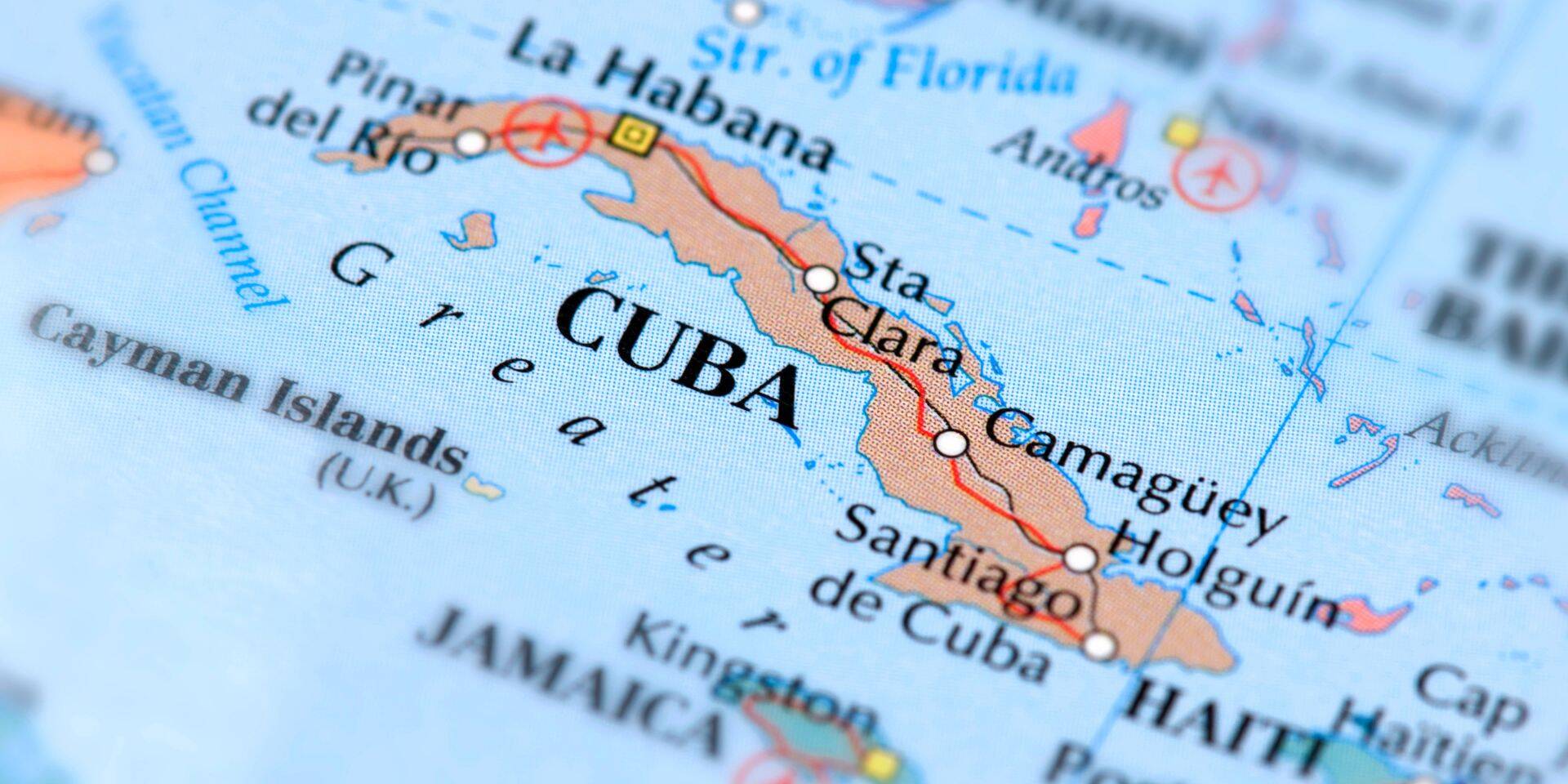Green card holders or Lawful Permanent Residents (LPRs) who have been outside of the United States as a result of COVID-19 for more than 180 days have many questions on their ability to return to the U.S. We aim to address some of the issues here. As always, each person’s situation is unique, if you need advice for your particular case, please reach out to us. We are happy to help you.
Green Card Holder or LPR Abroad for More Than 180 Days but Less Than 1 Year
Generally, an LPR who has been absent from the United States for less than 180 days is not considered to be an applicant for admission. An LPR who returns to the U.S. after 180 days abroad is considered to be an applicant for admission under the Immigration and Nationality Act (INA). This means you may face additional scrutiny on whether you have abandoned your status. While an LPR may be subject to more scrutiny at the port of entry as an applicant seeking admission, you will likely not be denied admission for abandoning permanent residency especially if the reason for not traveling back within 180 days was due to COVID-19 restrictions.
Green Card Holder or LPR Abroad for More Than 1 Year
The Green Card (Form I-551) technically is invalid for re-entry into the U.S. if you have been absent from the U.S. in excess of one year from your last departure. However, this does not mean you have automatically lost your permanent residence status. An individual is still an LPR or Green Card holder until they have been found to have abandoned their permanent residence status in the U.S. In order to return to the U.S. and to be admitted, we have the below recommendations.
Apply for Returning Resident (SB-1) Visa at the Nearest U.S. Consulate Aboard
LPRs who have been abroad for more than a year may be able to apply for a Returning Resident (SB-1 visa) at a U.S. Consulate. In order to apply for an SB-1 visa, LPRs will still be required to demonstrate that they have not abandoned residence in the United States and should explain that they were trapped outside the country due to the pandemic. Each U.S. Consulate has its own process of how to apply for an SB-1 visa, thus it is imperative you check the applicable U.S. Consulate’s website. We are well equipped to help you navigate the process and advise on what documentation to provide to prove you have not abandoned your residence. This is the safest way to return to the U.S. if you have been absent for more than a year from the U.S. However, this may not be an option for you if the U.S. Consulate remains closed or is not processing SB-1 Visas. In that case, continue to read below for your other option.
Apply for Admission at the Port of Entry
Alternatively, an LPR whose green card date is still valid could attempt to return to the U.S. anyway and assert at the port of entry that she has not abandoned permanent residence in the United States. Under INA § 211(b), the U.S. Customs and Border Protection (“CBP”) has the statutory authority to provide a waiver to a returning LPR who no longer has a valid green card document. It is imperative you have in hand documentary evidence that they have not abandoned permanent resident status. These documents would be similar to the ones submitted to the U.S. Consulate if you were to apply for SB-1 Visa. These documents need to demonstrate you have maintained residence, employment, or have family ties in the U.S.
Appearing in front of a CBP officer may be an anxiety-inducing situation when you have been absent from the U.S. for more than one year. First, keep in mind, as stated earlier, you cannot just “lose” your permanent resident status for being abroad. You have to officially abandon it by signing a Form (I-407), or the government (immigration judge) has to make a formal decision that takes it away from you. Second, CPB officers at the broader or port of entry do not have the power to revoke your permanent resident status. Thus, if you have not abandoned your permanent resident status and have documentation showing as such, and there is a disagreement with an officer, you are entitled to a formal hearing with an immigration judge. During this hearing, you may be represented by a lawyer.
If the CBP officer is convinced you have not abandoned your permanent residency, he or she may informally waive you in by making a note in the system that you are allowed back into the country. If the CPB officer decided on a formal visa waiver application, you will be required to fill out Form I-193, Application for Waiver of Passport and/or Visa and pay a fee before you are allowed to enter the country.
10-Year Green Card Expired Abroad
If an LPR’s 10-year Green Card document has expired, the situation becomes more complex. LPRs whose green card has expired or is about to expire may be able to file Form I-90 to renew their green card. The paper version of Form I-90 contains does not explicitly prohibit applicants who are outside the United States from submitting the form. Therefore, LPRs may be able to try renewing their green card even if they are stranded abroad. In January 2021, U.S. Citizenship and Immigration Services (“USCIS”) announced an I-90 receipt notice (Form I-797) along with the expired Green Card is evidence of lawful permanent residence status. CBP has also confirmed on May 5, 2021 the expired Green Card in conjunction with the original I-90 receipt notice (Form I-797) will serve as evidence of lawful permanent resident status to let carries LPRs board a plane to return to the U.S. Therefore, filing an I-90 and obtaining a receipt notice may provide LPRs with a basis to reenter the United States along with documentary evidence that they have not abandoned permanent resident status.
In conclusion, it is always advisable for an LPR to do everything to avoid being remaining outside the US for more than one year and after the green card validity has expired. However, you can’t always plan for things like a global pandemic. To be safe if you as an LPR anticipate a long trip outside of the U.S., before leaving the U.S., you should apply for a re-entry permit that would allow you to remain outside for the US for two years. If you haven’t filed for the reentry permit while in the US, then the next best approach is to try to reenter the US within 1 year from your last departure. If you have stayed outside the U.S. for more than one year, as noted above your LPR status is not automatically lost. We have provided some information on how to return to the U.S. Before making any plans, it is important you speak to an immigration attorney to discuss your personal situation and to be aware of the risk and pitfalls of your unique situation before taking any action. ILBSG is always here for you, please reach out to us to get we will work with you to ensure you get the right advice.
Related Posts
April 2, 2025
Judge Rules Venezuelans Can Temporarily Keep TPS Protections
A federal judge temporarily halted the…



